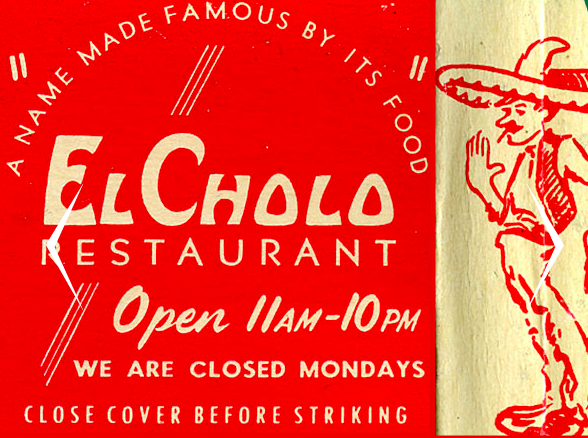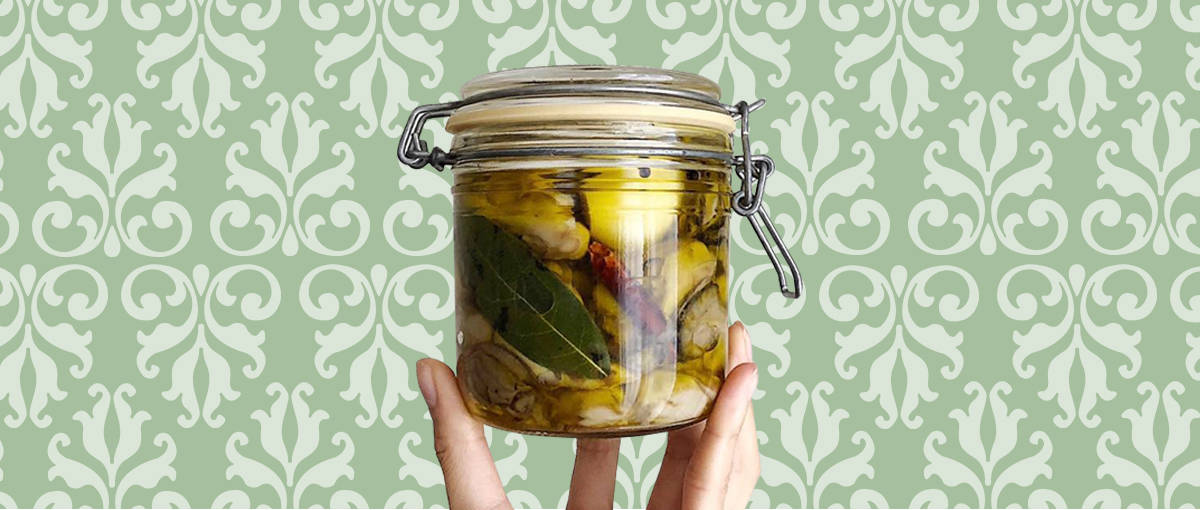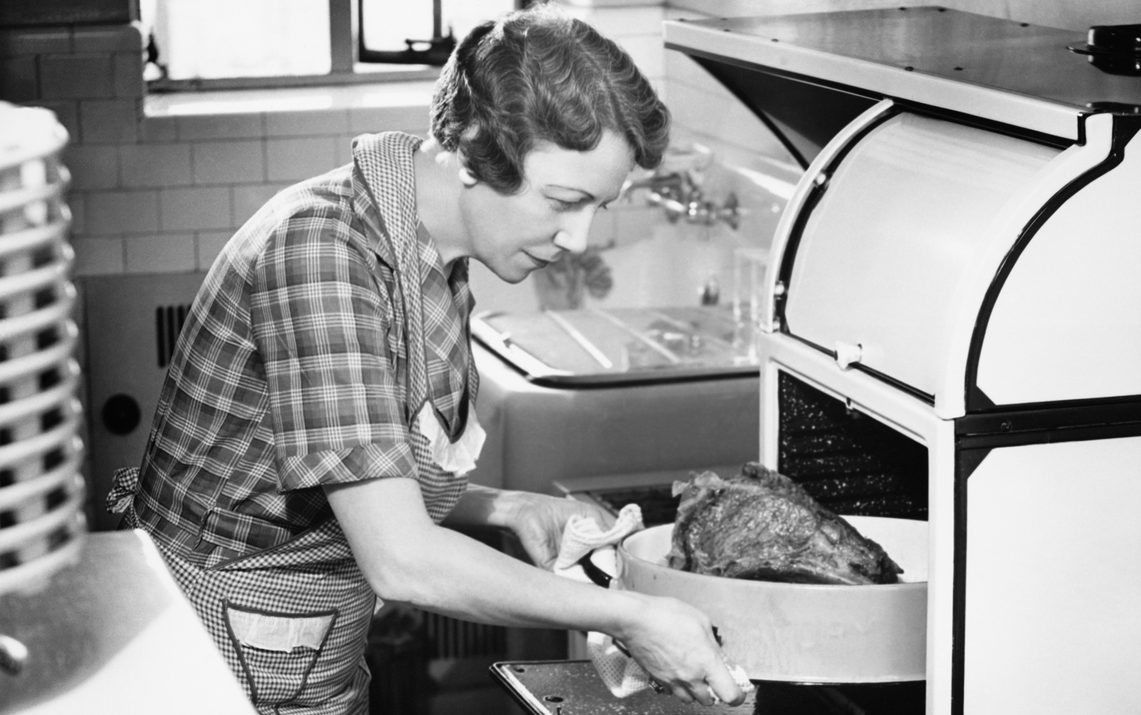Have you ever heard the soft buzz of a bee coming your way and immediately gone into panic mode? Sure, these little ones fly from flower to flower and their stingers can pack a powerful punch, but please don’t swat them away! Bees are an integral part of our ecosystem, and they’re disappearing fast. According to Bloomberg, In 2018, beekeepers in the U.S. said that 40 percent of their bee colonies died unexpectedly.
The rate at which the bee population is declining is nothing short of alarming. It’s so troubling that companies are stepping in to create products and campaigns all about saving the bees. For example, Honey Nut Cheerios is one brand leading an awareness campaign called Bring Back the Bees. The cereal’s packaging, which usually features their bee mascot Buzz, has mysteriously disappeared. They initially also included seeds to encourage customers to plant more flowers for the bees, but it backfired when it was discovered that some of the seeds were invasive species, The Washington Post reported.
Despite efforts from companies and individuals, we’re still losing bees. It could be from climate change or pests, but it’s likely due to the use of pesticides. According to Business Insider, a study by Harvard University in 2014 linked pesticide neonicotinoids with bees disappearing from their hives, which is also called colony collapse disorder. Researchers say that neonicotinoids have similar effects as nicotine and act as a nerve poison.
So what would the world be like without honeybees?
According to BBC, bees pollinate 70 out of 100 crops that a majority of the world eats. Without honey bees, we’d lose some of our favorite foods.
Here are 13 foods that wouldn’t exist (and might not exist eventually) if it weren’t for bees.
Beef

At first, it might seem like an unlikely relationship, but bees play a key role in the beef industry.
According to NPR, cows, and other livestock typically rely on pollinated plants as a food source. Specifically, the hay used to feed cattle is harvested from alfalfa fields. And what does alfalfa depend on to grow? Bees. In some areas where alfafa is grown, there are actually signs warning cars to slow down, as to not accidentally kill too many bees.
Dairy Products
Your favorite dairy items depend on bees, too.
Since dairy comes from cows, we wouldn’t have products such as milk or yogurt without bees to pollinate the cow’s food. In 2014, Whole Foods hosted an in-store event to show just how bleak the dairy aisle would look sans bees. According to the grocer, without bees to pollinate clover and alfalfa, there would be up to a 50 percent reduction in milk products at stores.
Almonds

Without bees, we’d lose our beloved almonds.
According to Quartz, it takes 60 percent of bee colonies in the United States to pollinate almonds in California, which is responsible for 80 percent of almonds in the world. Almonds aren’t just used as a light snack and for almond milk; they’re also used in cereal and baking goods.
Coffee

Thank bees for that delicious cup of coffee you enjoy in the morning.
According to NPR, bees are responsible for 20 to 25 percent of coffee production. Their pollination does more than increase the plants’ yield; it also makes the quality of coffee beans better by making the sizes more consistent. Can you imagine a world where you can’t get your custom coffee order on the reg? Us either.
Avocados
Avocados depend on bees to be able to produce quality fruit.
Yes, the avocados that we millennials all know and love would be in danger without honey bees. According to the California Avocado Commission, avocados rely almost entirely on bee pollination to produce. Studies say that bees native to California might be the key to keeping up with the high demand for avocados.
Blueberries

Blueberry pollen is especially sticky, so it relies heavily on bees for pollination.
Bees play a crucial role in creating nutrient- and antioxidant-rich blueberries. According to NC State University, there are typically one to four honey bee hives per acre in blueberry fields. Since bumblebees can be more active than honey bees in different types of weather, growers will bring them in to supplement their honey bee hives in hopes of producing more seeds.
Cherries

Cherries are 90 percent dependent on honey bee pollination.
Although pollination in cherry flowers can occur with other insects, honey bees are the most important. According to an Australian study, cherry trees that were kept away from bees only saw a 2 percent production of fruit, whereas cherry trees exposed to honey bees saw a 35.9 percent production of fruit. Cherries are especially appealing to bees since they’re able to collect nectar and pollen from its flowers.
Cucumbers
Cucumbers sprout bright yellow flowers that attract honey bees.
According to Michigan State University, Michigan produces one-third of the country’s pickling cucumbers, and honey bees help make that possible. Cucumber flowers need about 8 to 10 honey bee visits in a day, which means larger colonies are needed to produce ideal results.
Watermelons
If it weren’t for bees, you wouldn’t have this juicy summer fruit.
When watermelons flower, they’re only open for a short period of time for bees to do their magic. Because of this small pollination window, it’s important for honey bees to get to work every day to produce the best fruit. According to Seminis, watermelon flowers need seven to eight bee visits to reach “adequate fertilization.”
Kale
We would lose one of our favorite superfoods.
Did you know bees absolutely love kale flowers? In the spring, kale blooms yellow flowers that resemble flower shrubs. Since the flowers are so close to each other, it’s easier for bees to hop from flower to flower to pollinate. Maybe we should start planting more kale in our backyards and take care of some bees.
Broccoli

Broccoli produces small, yellow flowers, just like kale.
You probably wouldn’t know from walking down the produce section at the grocery store, but broccoli actually has yellow or white flowers, according to Specialty Produce. They typically flower mid to late summer. When broccoli flowers are left to blossom, you’ll definitely find a few bees buzzing around. According to a thread on Bee Source, farmers will allow their broccoli to sprout flowers to harvest the seeds and plant their own broccoli.
Pumpkins
Pumpkins depend on squash bees for pollination.
There would be no more pumpkin carving for Halloween; no pumpkin pies for the holidays; and lastly, no pumpkin spice lattes. The fall season would be a sad, sad time without squash bees, which look like your typical honey bee, except they tend to burrow instead of live in hives. They also help pollinate zucchini and butternut squash, so let’s keep them around.
Honey
Last but not least, without bees, we wouldn’t have one of our favorite natural sweeteners.
Honey bees live to collect nectar and pollen to make honey, their source of food and energy. There are only a handful of bee species that make honey — roughly 7 percent of bees are capable of creating this sweet food — which is why we have to do everything in our power to protect them. Less honey for us means less honey for the bees, who depend on it to feed their colonies.








